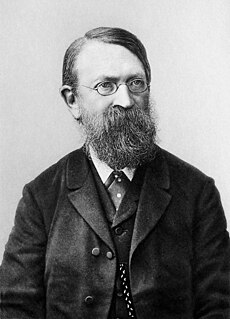The brain’s gradually improving responses to stimuli molded the mind into the structural, organizational mirror of physical systems. Therefore, social interaction engenders particle-like features, such as uncertainty, hysteresis, and territorial needs. The brain’s operational symmetry vis-à-vis the physical world produces the mind, a functional analog of elementary particles. In the brain, all change is based on sensory processing. Perception of sensory stimulus or reading road signs is involuntary and automatic because sensory stimulus impinges on the mind through the shifting energy balances of the brain. As photons are the fundamental forces for interaction, and emotions transfer energy between people and emotional animals. Feelings are energy imbalances of the brain, which trigger actions that recover the energy neutral state. This essential connection with the environment must also characterize AI. In a robot, in place of neurons, sensory pattern perception can be formed by, for example, 'superconducting synapse.'
A highly precise response is possible by utilizing deep-learning systems, which are getting more powerful. In the computer ‘brain,’ just like in the organic brain, the energy balance would continuously change depending on field effects, automatically and ultimately would recover the energy-neutral state. This whole process would be choreographed according to the principle of least action, which corresponds to an intelligent response. Response reformulates the stable, standing-wave state of the system. Energy imbalances would equal the emotional states of mammals and birds. Propagation of stimulus is a series of activation that strengthens connections between units; the energy need is reduced in previously activated units. Subsequent activation channels the signal according to the principle of least action, leading to a segregated modular structure.
A highly precise response is possible by utilizing deep-learning systems, which are getting more powerful. In the computer ‘brain,’ just like in the organic brain, the energy balance would continuously change depending on field effects, automatically and ultimately would recover the energy-neutral state. This whole process would be choreographed according to the principle of least action, which corresponds to an intelligent response. Response reformulates the stable, standing-wave state of the system. Energy imbalances would equal the emotional states of mammals and birds. Propagation of stimulus is a series of activation that strengthens connections between units; the energy need is reduced in previously activated units. Subsequent activation channels the signal according to the principle of least action, leading to a segregated modular structure.
Current quantum computers need to be carefully insulated from environmental interaction due to sensitivity to noise, i.e., interference. However, the brain is a temporal quantum system, which interacts across temporal coordinates (see: Consciousness, a Cosmic Phenomenon). Temporal quantum systems, such as the brain, are insulated by the temporal rhythm of neural activation. Energy imbalance manifests as emotions. Hence, emotions are unstable and move the system towards equilibrium; the exact neuronal activation path is the function of both the original stimulus and past behavior. This way the cortical brain, regulated by its energy states, formulates an intelligent response. Read the whole article Deli, E., (2017). Consciousness inspired AI system. AISB Quarterly. (145) 6-11.
Was this article helpful? Voice your opinion below.
Copyright © 2017 by Eva Deli








